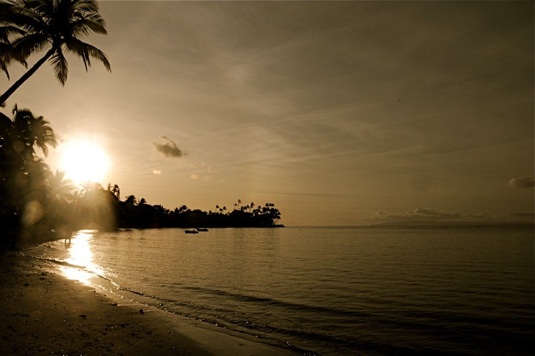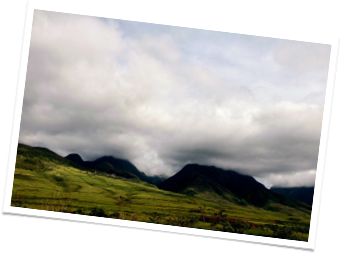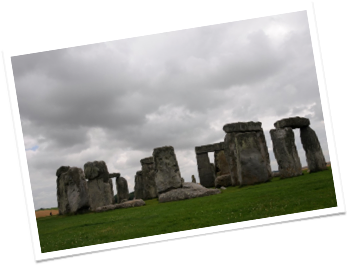Sunday, July 27, 2008
Your photography is a record of your living, for anyone who really sees.*
Taking pictures is easy, doing photography is hard! Photography is like writing. It takes practice, practice and more practice, and just like writing, one needs to find an interest and style, one’s voice, so to speak. What kind of photography am I interested in? People and places mostly, and I think I have been doing well in Britain because Britain is an English speaking country. But to take a good shot, one needs to think about many things, composition, depth of field, white balance, lighting, flash settings and even ISO. But in a highly dynamic and even chaotic situation such as a street, there is no time to think about these details. You simply have to know what to do. Everything must be automatic. So I am concentrating on this aspect of photography and I am breaking myself in on this trip.
But knowing one’s camera and the details of photography is just one component of taking a successful shot, there are other components that are just as important, namely, the human aspect, and working with a photo after it has been taken. The human aspect is by far the hardest and certainly the most interesting. Almost everybody these days has at least one camera with them, even if it is only a cell camera, but the photographer is not just someone who carries a camera; being a photographer is a state of mind. There is an attitude that goes along with photography. One’s eye is constantly looking for a shot, the mind is never ceasing to compose. Photography is work and it is a trained and skilled activity.
During this trip, I have been asking people if I may take their photo. I am forcing myself to overcome the fear of approaching a total stranger and asking for something as personal as a photograph. This is by far the hardest part of street photography, but being in an English speaking country makes it much easier. The average person with a camera will never ask a stranger for a photo, only a photographer does that. Before I take someone’s photo I often tell them I am a photographer and explain why I would like to take their photo. In some circumstances I simply do this with a juster, but at other times I just take the shot and hope that I do not get rebuked or reported to the police. Afterwards, if I can, I show the person the photo and tell them how good they look, and how happy I am with the shot. I tell the men they are handsome and strong or outstanding, and I tell the ladies they are beautiful or special in someway. I do my best to make them happy with the shot. And I do not mean it insincerely. If I am taking someone’s photo there is a reason. There is something special about that person. They are strong or beautiful! Sometimes I even leave a little change. I do this with street musicians and mimes. As much as possible I always try to thank my subject in some way.
As far as working with a shot after it was been taken I have learned that I do not have to take a perfect shot in the street. Afterwards, I can do a lot to improve a photo. This is why shooting in high resolution, even in raw format, gives me a lot to work with after the shot. I can crop the photo, zoom in, adjust lighting, color and contrast and add any number of affects. The ability to process a shot should never be under estimated. In fact it is no less important than actually taking the shot!
In my opinion the key to being a photographer is to become absolutely comfortable with holding and using one’s camera, learning to be fearless, friendly and open with people and adaptable to the environment and finally, knowing how to work with a photo after it has been taken. Beyond this, it is only a matter of practice, practice and more practice.
Here are some examples of my photography:






